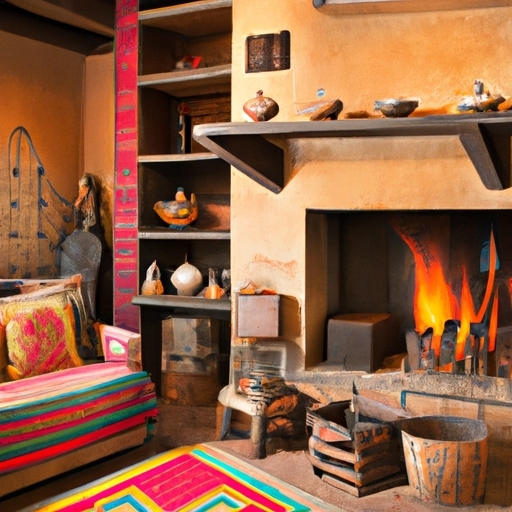Cleaning and maintaining your southwestern rug is **essential** to preserving its beauty and longevity. These unique pieces of art are often handmade using traditional techniques that require special care.
To start, it is important to regularly **vacuum** your rug to remove any dirt or debris that may have accumulated. This will help prevent stains from setting in and keep the fibers looking fresh. For deeper cleaning, you can use a mild detergent or rug cleaner specifically designed for southwestern rugs. Be sure to test the cleaner on a small, inconspicuous area first to ensure it does not damage the colors or fibers.
In addition to regular cleaning, it is also important to rotate your rug every few months to **promote** even wear. This will help prevent one area from becoming more worn than others, extending the life of your rug.
For more stubborn stains or odors, consider hiring a professional rug cleaner who specializes in southwestern rugs. They will have the knowledge and experience necessary to effectively clean and restore your rug without causing any damage.
By following these simple tips for cleaning and maintaining your southwestern rug, you can ensure that it remains a beautiful centerpiece in your home for years to come.
Creating a southwestern rug is **a** labor of love. Each **stitch** and weave is carefully **crafted** to bring out the vibrant **colors** and intricate patterns. Once **completed**, it's time to proudly display **your** creation for all to see. Whether hanging on a wall or laid out on the floor, your handmade rug will add warmth and character to any room in your home. Take time to appreciate the hard work and skill that went into making this beautiful piece of art, and enjoy showing it off to friends and family. Remember, every stitch tells a story - make sure yours is seen and appreciated by all who visit your home.
